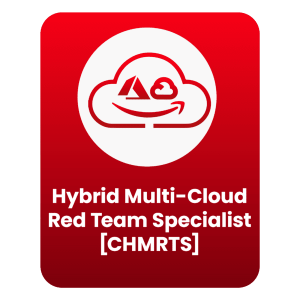
The training is divided in five sections: Initial foothold, Gaining access, Offensive Coding, internal reconnaissance and lateral movement. The training will cover each section in depth by providing technical evidence of how each technique works. Red team exercises are performed to assess responsiveness and detection capability. As a red teamer, it is important to understand what each tool and commands we use is doing behind the curtain to be able to provide proper guidance. The training will help you understand the tool and technique being used during a red team, develop your own toolset, adapt existing tools when needed, provide guidance on where to look for new techniques or potential evasion tricks and finally an overview of the popular technique used to perform red team exercise.
Expect to perform code review, network analysis, code behavior analysis and write code to improve your red team capabilities.
Syllabus
Initial foothold
Payload Crafting
Gaining access
Internal reconnaissance
Lateral Movement







